Abdulaziz Alashaikh
Eating Garlic Prevents COVID-19 Infection: Detecting Misinformation on the Arabic Content of Twitter
Jan 09, 2021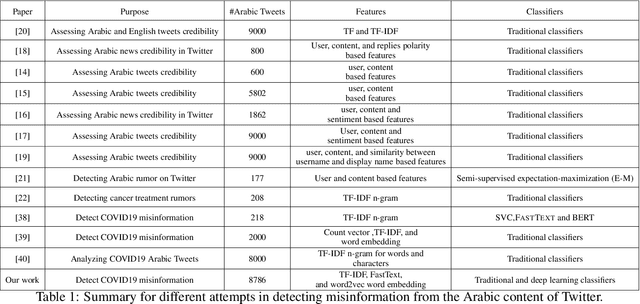
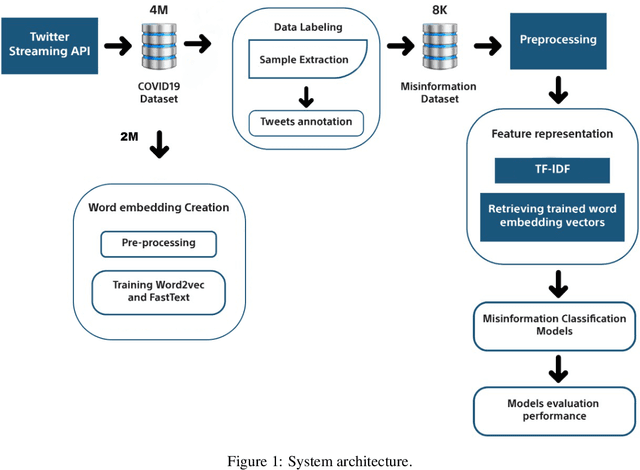

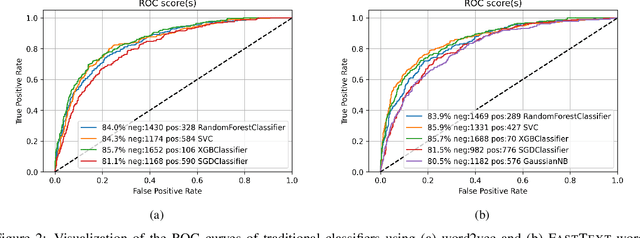
Abstract:The rapid growth of social media content during the current pandemic provides useful tools for disseminating information which has also become a root for misinformation. Therefore, there is an urgent need for fact-checking and effective techniques for detecting misinformation in social media. In this work, we study the misinformation in the Arabic content of Twitter. We construct a large Arabic dataset related to COVID-19 misinformation and gold-annotate the tweets into two categories: misinformation or not. Then, we apply eight different traditional and deep machine learning models, with different features including word embeddings and word frequency. The word embedding models (\textsc{FastText} and word2vec) exploit more than two million Arabic tweets related to COVID-19. Experiments show that optimizing the area under the curve (AUC) improves the models' performance and the Extreme Gradient Boosting (XGBoost) presents the highest accuracy in detecting COVID-19 misinformation online.
Applying Machine Learning Techniques for Caching in Edge Networks: A Comprehensive Survey
Jun 21, 2020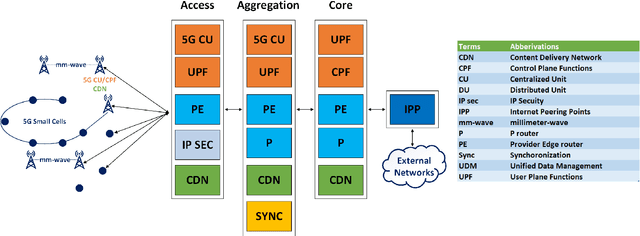
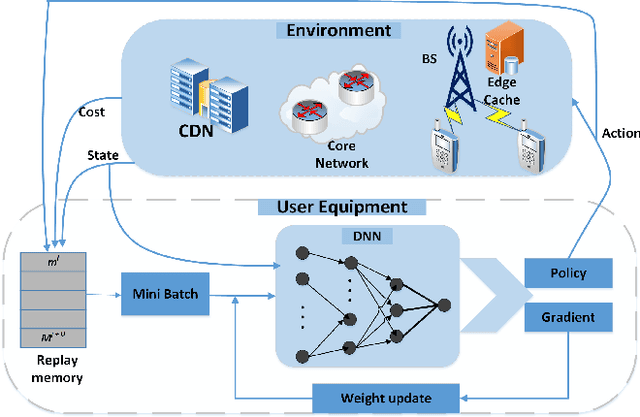
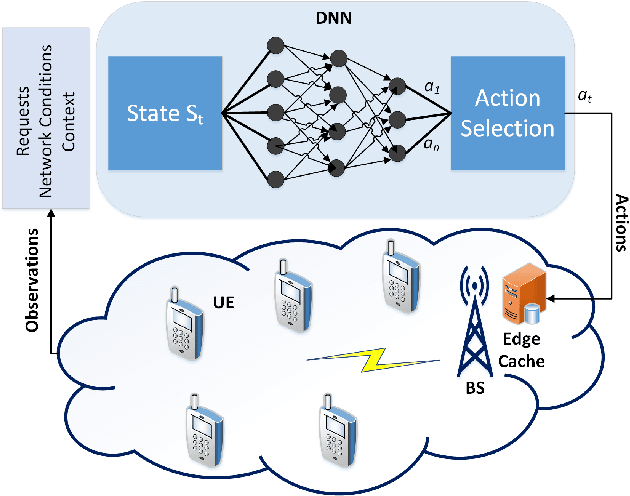
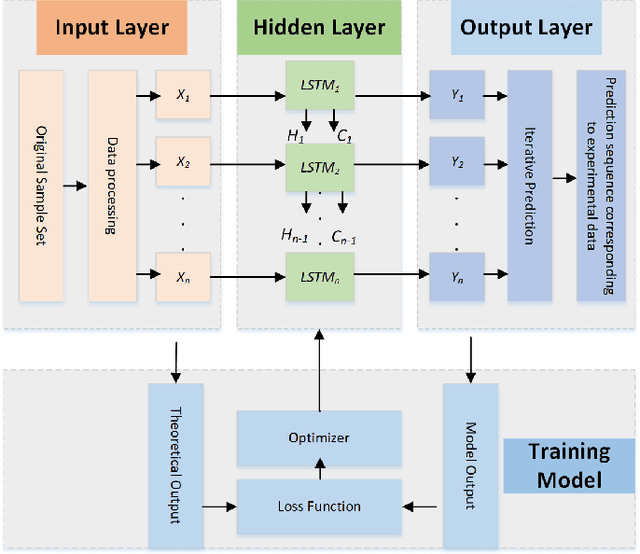
Abstract:Edge networks provide access to a group of proximate users who may have similar content interests. Caching popular content at the edge networks leads to lower latencies while reducing the load on backhaul and core networks with the emergence of high-speed 5G networks. User mobility, preferences, and content popularity are the dominant dynamic features of the edge networks. Temporal and social features of content, such as the number of views and likes are applied to estimate the popularity of content from a global perspective. However, such estimates may not be mapped to an edge network with particular social and geographic characteristics. In edge networks, machine learning techniques can be applied to predict content popularity based on user preferences, user mobility based on user location history, cluster users based on similar content interests, and optimize cache placement strategies provided a set of constraints and predictions about the state of the network. These applications of machine learning can help identify relevant content for an edge network to lower latencies and increase cache hits. This article surveys the application of machine learning techniques for caching content in edge networks. We survey recent state-of-the-art literature and formulate a comprehensive taxonomy based on (a) machine learning technique, (b) caching strategy, and edge network. We further survey supporting concepts for optimal edge caching decisions that require the application of machine learning. These supporting concepts are social-awareness, popularity prediction, and community detection in edge networks. A comparative analysis of the state-of-the-art literature is presented with respect to the parameters identified in the taxonomy. Moreover, we debate research challenges and future directions for optimal caching decisions and the application of machine learning towards caching in edge networks.
Preference-based Multiobjective Virtual Machine Placement: A Ceteris Paribus Approach
Apr 20, 2019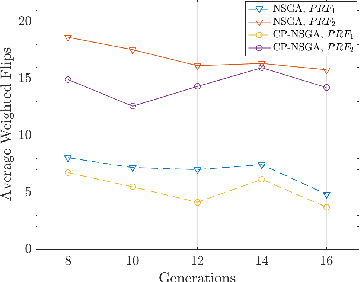
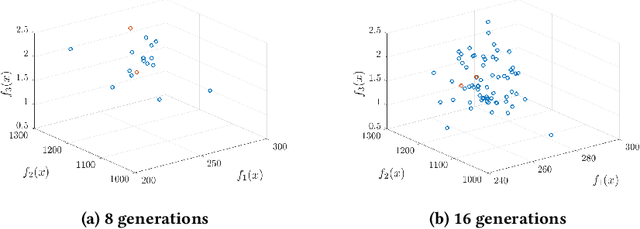
Abstract:This work adopts the notion of Ceteris Paribus (CP) as an interpretation of the Decision Maker (DM) preferences and incorporates it in a constrained multiobjective problem known as virtual machine placement (VMP). VMP is an essential multiobjective problem in the design and operation of cloud data centers concerned about placing each virtual machine to a physical machine (a server) in the data center. We analyze the effectiveness of CP interpretation on VMP problems and propose an NSGA-II variant with which preferred solutions are returned at almost no extra time cost.
 Add to Chrome
Add to Chrome Add to Firefox
Add to Firefox Add to Edge
Add to Edge